What sort of polish do I use on antique furniture?
Housekeeping tips from Mrs Danvers
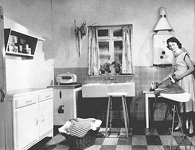

Dear Mrs Danvers, I have some fine antique furniture in walnut, mahogany and oak. What sort of polish do you recommend? Purists make their own from a mixture of beeswax and turpentine (artists' turpentine, not white spirit). You should melt the beeswax in a tin in a cool oven and add the same amount of turpentine. Let both melt, and then mix them together. Pour into a polish tin which is wide and shallow so you can get a duster in easily. If, when set, the consistency is too hard (it should be quite firm), melt it again and add a bit more turpentine. I would suggest you use this a few times on furniture that has had little polish over the years to get the patina back. After that, an ordinary furniture polish of beeswax will do, but make sure that it is intended for antiques and doesn't contain silicon which can be damaging. Dear Mrs Danvers, British walnuts usually lack sun therefore, are short of oil and tend to shrivel when dried. They can, however, be preserved in a moist, fresh state (without drying) for four to five months, in the following way: Take a plastic dustbin with a well-fitting lid. Collect the nuts and allow all the green husk to fall off. Make a mixture of equal volumes of table salt and fine sawdust from a joiner's shop. As you collect the nuts, lay them in the dustbin, cover each layer lightly with the salt/sawdust mixture. Keep the lid on the dustbin at all times to prevent the salt from attracting atmospheric moisture. The nuts may be eaten at any time and develop a delicious taste, far better than ordinary dried nuts. To eat, brush off the salt/sawdust and crack in the normal way. I have used this method here for the past 45 years, having learnt it from my grandfather. The nuts eventually become strong tasting, but can remain good until the next Easter.
Sign up for the Country Life Newsletter
Exquisite houses, the beauty of Nature, and how to get the most from your life, straight to your inbox.
Country Life is unlike any other magazine: the only glossy weekly on the newsstand and the only magazine that has been guest-edited by HRH The King not once, but twice. It is a celebration of modern rural life and all its diverse joys and pleasures — that was first published in Queen Victoria's Diamond Jubilee year. Our eclectic mixture of witty and informative content — from the most up-to-date property news and commentary and a coveted glimpse inside some of the UK's best houses and gardens, to gardening, the arts and interior design, written by experts in their field — still cannot be found in print or online, anywhere else.
-
 ‘It had the air of an ex-rental, and that’s putting it politely’: How an antique dealer transformed a run-down Georgian house in Chatham Dockyards
‘It had the air of an ex-rental, and that’s putting it politely’: How an antique dealer transformed a run-down Georgian house in Chatham DockyardsAn antique dealer with an eye for colour has rescued an 18th-century house from years of neglect with the help of the team at Mylands.
By Arabella Youens Published
-
 You're having a giraffe: Country Life Quiz of the Day, April 25, 2025
You're having a giraffe: Country Life Quiz of the Day, April 25, 2025Friday's Quiz of the Day brings your opera, marathons and a Spanish landmark.
By Toby Keel Published
-
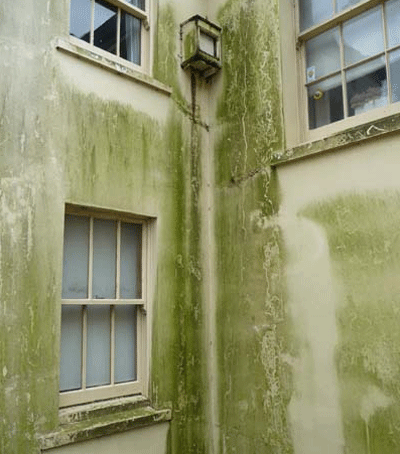 How to prepare your house for winter
How to prepare your house for winterAs winter approaches, experts advise that preventative measures are crucial for our houses to weather hard winters
By Country Life Published
-
 Ten house tips for the winter
Ten house tips for the winterNow is the time to put your house in ship-shape for the winter months ahead. Chartered surveyor Tom Grillo shares his ten top tips
By Country Life Published
-
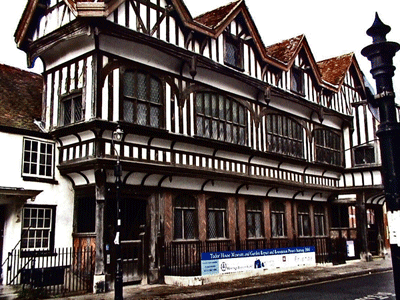 Choosing an interior designer
Choosing an interior designerFinding the right skilled interior designer for your period property requires some dedication; in particular you need to make sure you share the same vision
By Country Life Published
-
Maintenance tips for Victorian houses
There are a number of aspects to look out for when viewing or indeed owning a Victorian house
By Country Life Published
-
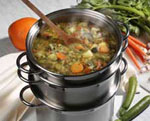 Best cooking pans
Best cooking pansMrs Danvers suggests the best makes of pots and cooking pans to hunt down when shopping for a special friend's wedding present
By Country Life Published
-
How to save old floorboards
Lots of care and elbow grease can help old floorboards gleam again
By Country Life Published
-
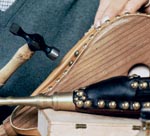 Buying bellows
Buying bellowsMrs Danvers recommends where to find a new or antique pair of bellows
By Country Life Published
-
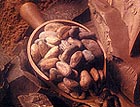 Removing chocolate stains
Removing chocolate stainsMrs Danvers tackles readers' household queries: this week's are chocolate stains on a linen suit and screen doors
By Country Life Published
